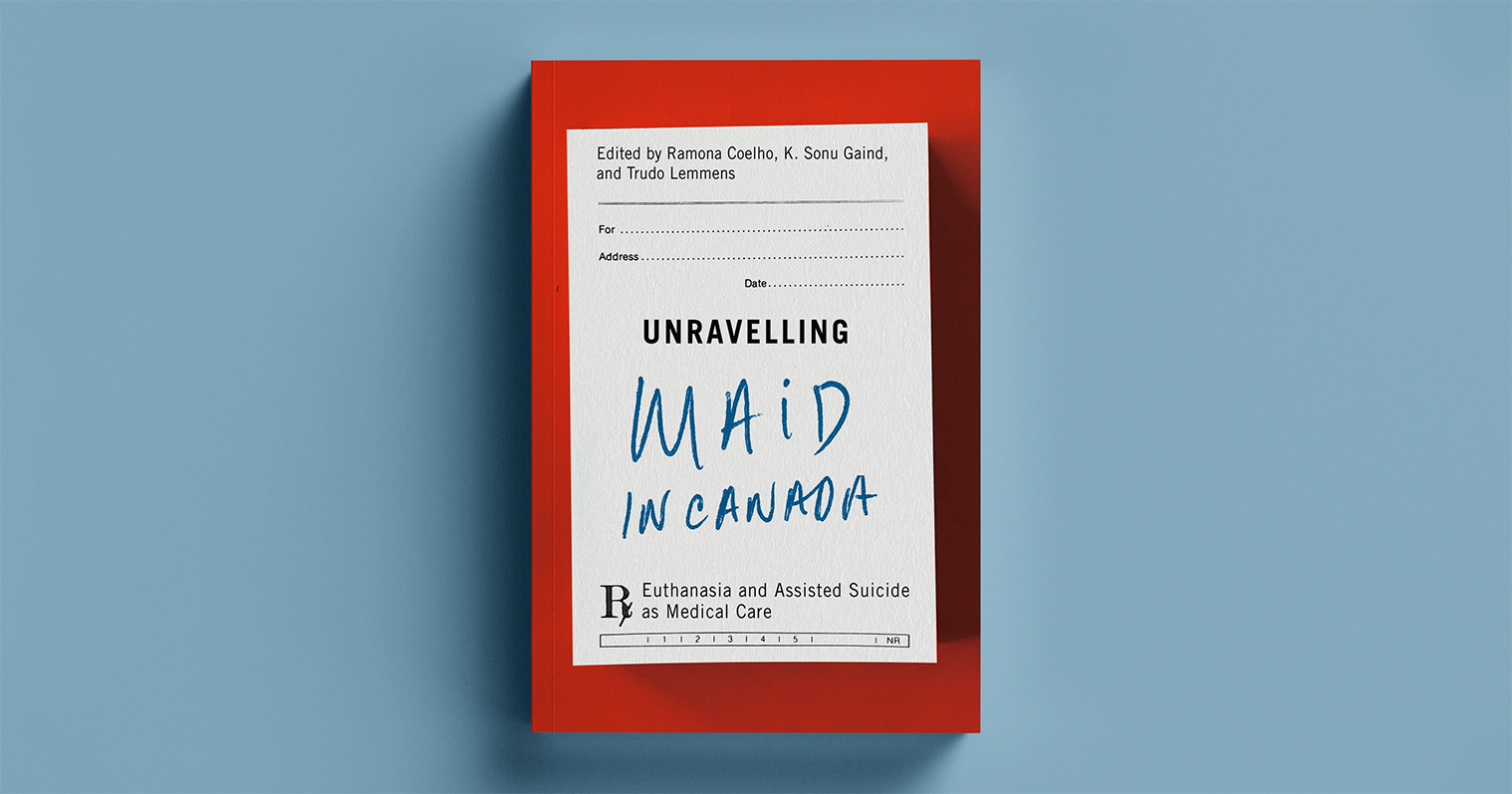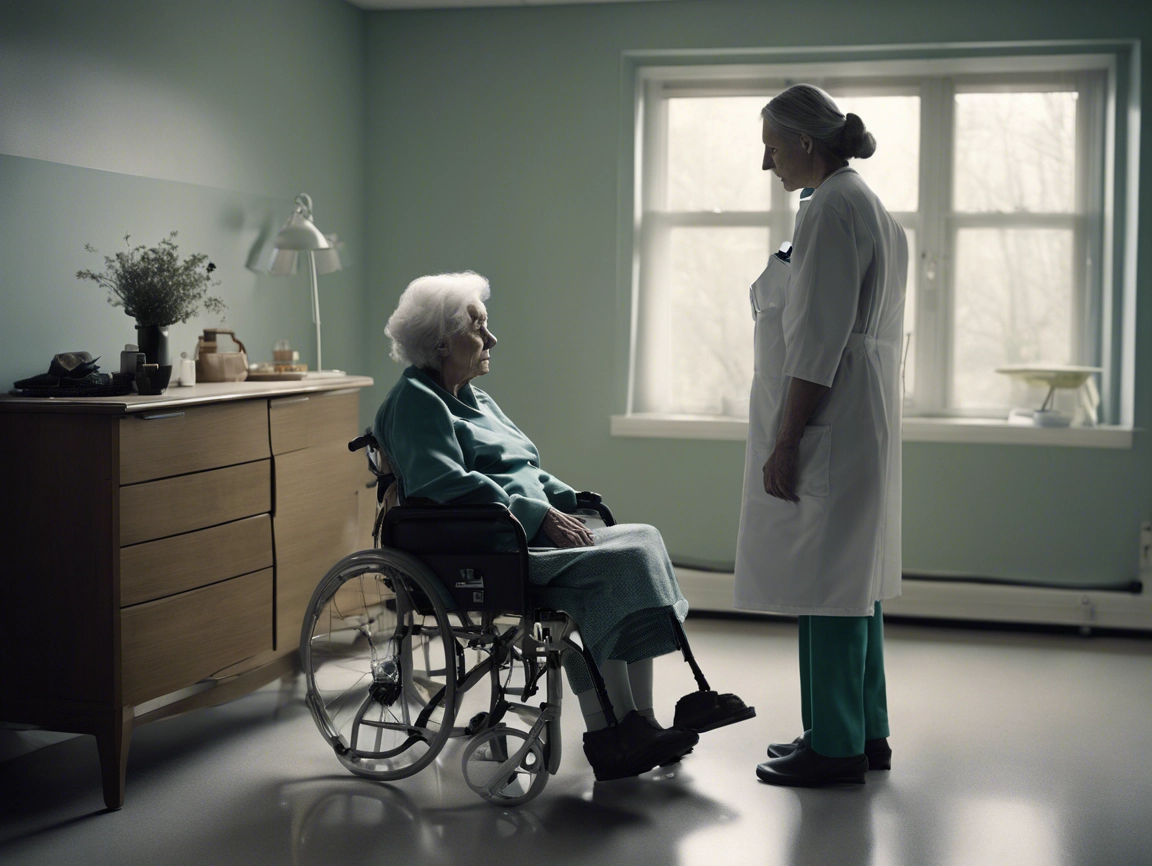Dear Friends,
A few short years ago, when we were first confronted with the possibility of euthanasia, many warned of a slippery slope that would lead to fearful unknown conclusions. Experience has shown that a better analogy would be that of falling dominoes, where it becomes obvious what reactions are to follow in this terrible chain of events.
For this is nothing like a sudden impetuous slide. Rather, it is a methodical succession of seemingly inevitable events. The excruciatingly slow progress of the destruction witnessed is almost the worst part. We are not allowed to simply take our lumps, dust ourselves off and keep going. We are obliged to watch and worry, following the arcane schedules of courts and legislatures, anxiously awaiting outcomes, hoping against hope, but certain that the blow will indeed come.
The most recent of these mighty dolmen-like stones to topple was the Truchon-Gladu decision in September 2019. Previously, euthanasia was limited to “end-of-life” cases. But with that judgement, the field was exponentially expanded to include virtually any sick or disabled individual.
Normally, responding to such a drastic change in medical practice and in the lives of our patients would require deep discussion and strategic planning to minimize harm. But we cannot simply concentrate on palliating the damage sustained, for our eyes are riveted on the next domino! We are already occupied with assessing the trajectory of the next disaster, calculating the unavoidable point of impact and estimating the extent of destruction.
And who is now awaiting the next blow? Undoubtedly: those living with psychiatric disorders and dementia, and children.
Soon it will not be merely the sophisticated upper-crust depressive suffering from the final malaise of an alienated generation and century. It will not even be the severely handicapped individual unable to find adequate care and lodging and whose existential distress can be conveniently medicalized by an enlightened doctor to propose death. No. The impending hammer-blow of the Truchon-Gladu judgement is aimed directly at those who are not able to choose death at all! At the people most in need of protection: those unable to protect themselves.
This then has been the theoretical progression to date: first, a small number of exceptional cases where people already dying would be allowed to hasten death by choice; and second, allowing nearly anybody suffering some kind of physical complaint to die by choice. But now, we clearly see the next domino in line: allowing doctors, families and institutions to conspire in the death of people incapable of meaningful choice.
Are we to passively accept such an outcome?
For these human events do not really possess the inevitable mechanics of Newtonian physics. Each phase of the progression requires conscious decisions. And if we are in the place we are today, it is only because people have chosen that it shall be so. As a matter of fact, decisions are being made in real time as we speak. Let us pretend, then, that we are the ones to be making them:
Firstly, the Quebec Superior Court can be overruled by appealing a decision all the way to the Supreme Court of Canada.
Secondly, should the Supreme Court uphold an appeal of Truchon-Gladu, our Parliament might still defend its own laws by use of the notwithstanding clause of our Charter of Rights and Freedoms. For although people tend to assume that using the notwithstanding clause is a backwards thing to do, it is in fact the method by which the authors of the Charter intended that we avoid mistakes; that we might avoid mechanical obedience to legal algorithms and the cruel absurdities to which that might lead; that we might deliberately and democratically determine our fate.
Unfortunately, we already know that this is not happening. The government has already decided not to appeal Truchon-Gladu. The vulnerable sick and handicapped individuals who can be cajoled or bullied into consenting to die have already been sacrificed. And those who suffer from psychiatric conditions are likely sacrificed as well (since it will be impossible to argue that their suffering is any less real than that of their physically challenged cousins). It won’t be long for children (for how could we withhold a wonderful new “medical treatment” from a child when we would be happy to provide it for his mother or father?). Logical dominoes, falling, falling.
But even now, there remains one area where we may still dig in our heels, and that is dementia. To begin with, there is no logical reason to equate dementia with suffering. Frequently, indeed, it is the caregivers who are suffering, not the patient. Let us agree then, that it would be a huge step away from our humanitarian values to authorize the euthanasia of one person in order to relieve the suffering of another.
The current proposal is to euthanize an incapable person only if he or she has previously signed an advance directive requesting it. But for dementia, advance directives are the thin edge of the wedge.
They rely on a perverse notion that a person incapable of decision-making may be portrayed as willing to die because, once upon a time, he signed a legal document to that effect. But there are many legal documents that are no longer binding if a person changes their mind. And that is because we understand the difference in attitude and circumstances between the person who made the promise and the one who would be forced to fulfill it. No one, for instance, could be forced to marry because they had signed a pre-nuptial agreement. How could we affirm that a person would have an irrevocable duty to die, just because they happened to sign an advance directive?
Moreover, the abuse potential in advance directives should be self-evident. What would be more natural than to imagine greedy heirs, who see the money being swallowed up on care, twisting the arms of aging relatives to make them sign such directives? What is easier to imagine than an institutional “routine” where every patient entering long-term care would find such a form thoughtfully included in the packet of papers to be signed, more or less automatically, upon admission?
But most importantly, we already see where the falling of this particular “domino” will take us. For if a capable adult would prefer to die rather than to live with dementia, how could we refuse death to a person who is in that state, incapable of asking, and never made the request while still competent? Make no mistake: that is where the next blow will fall. Deliberately or not, our leaders are preparing the logical conditions required for a wholesale evacuation of the population with dementia. And to prevent that outcome we must object, now, to euthanasia by advance directive.
And of course, having achieved that, we must also continue to push back until we reverse the direction of this terrible event chain. We must roll up the errors one by one. And yes, we must indeed apply the notwithstanding clause: not to Truchon-Gladu alone, but to the Carter decision itself.
Make euthanasia unimaginable.
Sincerely,
Catherine Ferrier
President


